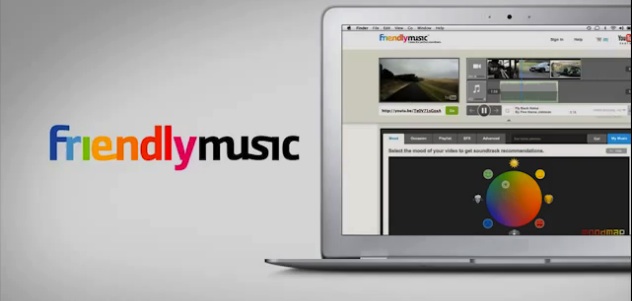Rumblefish, a service where consumers and businesses can easily license music for their online videos, says it now has licensing rights to more than 1 million songs, making it the largest catalog of pre-cleared music.
The idea is pretty simple: When you’re posting a video on a site like YouTube, you might want to flesh it out by adding a soundtrack. However, most people don’t have any idea how to license music legally, and even if they do, they probably don’t have the money to pay for their favorite hits. So Rumblefish makes it easy to license music at affordable rates. On its site Friendly Music (which launched in 2010), you can search for songs based on things like mood, see how the song looks when played with the YouTube video of your choice. When you’ve found what you’re looking for, you can instantly create a “Mash” with the synced up video, or download the song to edit into the video yourself. The licensing fees start at 99 cents.
In addition to Friendly Music, Rumblefish also has an API allowing other apps and websites to add its soundtracks. Existing partners include Animoto and Socialcam, who both offer Rumblefish integration as a way for customers to include music in their videos. Founder and CEO Paul Anthony says that as the social video market grows, it’s becoming more and more central to Rumblefish’s strategy.
“We used to think of ourselves as more of music company, but now we’re providing more of a video service,” Anthony says.
Rumblefish said the catalog started out at 35,000 songs, growing to more than 500,000 songs last year. That growth has come thanks to partnerships with labels like APM Music, CD Baby, and Indaba.
Anthony says reaching 1 million songs is another sign that users can find a song for any occasion — you probably won’t find your favorite songs by Lady Gaga, but you will find music that works with your video. Plus, now that Rumblefish is starting to reach “critical mass,” Anthony says reaching out to more “iconic artists” could be a logical next step.
